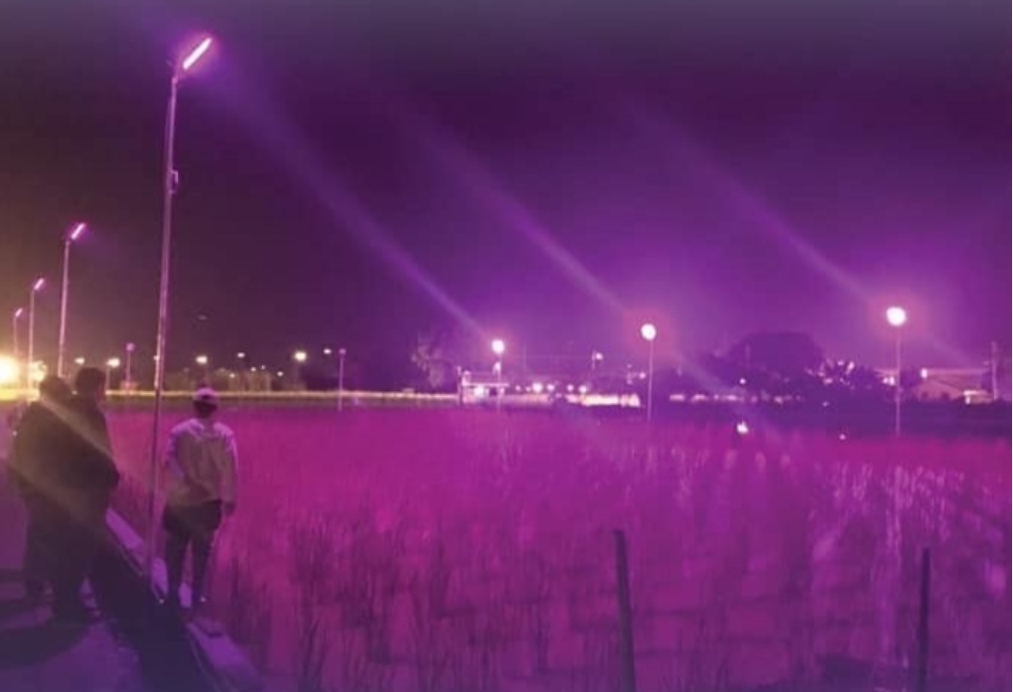A multi-departmental research team at Taiwan’s National Chi Nan University (NCNU) collaborated with local famers and developed a LED lighting system for water bamboo (Zizania latifolia) cultivation to improve the growth with a new design of LED lenses. The advanced technology tackled the existing issues and proved to benefit the harvest. The results were published Applied Sciences in February 2020, titled “Optimized LED-Integrated Agricultural Facilities for Adjusting the Growth of Water Bamboo (Zizania latifolia).”
The optimized LED system designed by the research team can prevent the stunting of water bamboo leaves and further assist their growth. Compared with previous LED systems, in which the LED bulbs were placed directly above water bamboo leaves, this LED lighting system presents the added benefit of easy handling during harvest. To prevent the inhomogeneous coverage of LED light patterns, a new kind of LED lenses was also incorporated.

(Image: NCNU)
Farmers used to apply high-pressure sodium (HPS) lamp as the source of light to enhance water to prevent stunting disease of water bamboo. But HPS lighting with strong and shining glare indirectly damage the habitat of frogs and possibly other species present nearby.
To lessen the impacts on the environment and reduce energy cost of farmers, the NCNU team helped to build the LED lighting system. Researchers evaluated the relationship between light intensity and growth of bamboo leaves and set up the system which enables 80% of water bamboo plants received sufficient LED light exposure.
The team performed indoor measurements of light intensity dependent on the distance and obtained a suitable arrangement of LED light modules by incorporating a 60×60 LED light distribution pattern. These findings can not only be used as a reference for water bamboo farms, where a light supply is required at night during winter, but can also be applied to other crops such as dragon fruit and sugar apple.












